Mahlab is a common Arabic spice, distinguished by a taste that melds almond and cherry nuances. It is used in exotic cuisine, primarily to season different kinds of pastries.
Mahlab comes from the seeds of a special variety of cherry tree called the mahaleb cherry. It belongs to the Rosaceae family and is widespread in Europe and Asia. It is found in Britain, Ireland, Norway, Sweden, Russia and the Ukraine. Some specimens can also be seen in France, Spain, Portugal and the Balkans.
The mahaleb cherry is a low tree or shrub. Its height varies between 26 ft (8 m) and 52.5 ft (16 m). In the beginning the branches are grayish, having small lateral buds. The leaves are green, elliptical, simple. They are about 3″ (8 cm) long. The flowers of the plant are arranged about 10 at a time in grape-like inflorescences. The fruits are small, dark red, each containing a kernel.
Production of Mahlab
The kernel in question is used to make the mahlab spice, which has been familiar to humans for centuries. The kernel is opened and the inside taken out. It has a diameter of about 3/16", distinguished by its softness and springiness. Once ground, the result is a flour-like powder, ready for use. The final product possesses a strong aroma, reminding of almonds and cherries. It needs to be used in small quantities since it is highly saturated.
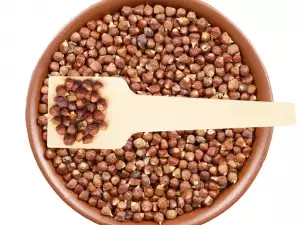
Cooking with Mahlab
The culinary properties of mahlab are valued predominately in Arabic, Turkish, Syrian, Greek and Armenian cuisine. Most often it is used to flavor doughy culinary fares such as cozonacs, cakes, bread, biscuits and creams. It is highly prized for all of the sensations it provokes with its aroma and taste.
The taste of mahlab is saturated and exotic. The moment you taste this spice you'll associate it with cherry, almond, vanilla. Its slightly bitter tinge provides an even richer charm. This entire blend of flavors makes mahlab the perfect spice for enriching all kinds of baked goods.
In European and American cuisine it is predominantly used to make Christmas cookies. In Greece it is included in recipes for bread and aromatic sweets. These are traditional custom for the Easter and Christmas holidays. Mahlab is also used to flavor specialties with dairy products, for example feta cheese tart or milk with rice. Chefs in Egypt are experts at preparing a dessert with mahlab. The recipe also contains honey, sesame and olive oil. This mixture is also used as filling for bakery goods.
Mahlab is also used to make creme brulee. It can basically be put into any dessert containing fruits or nuts. Some chefs use it when they don't have nutmeg on hand. It can be added to warm beverages such as fruit or herbal tea, coffee, cappuccino, mochaccino, milk with honey and others.
Now take a look at this wonderful and quick recipe for bonbons with mahlab that will bring some freshness to your kitchen table:

Ingredients: 1 large packet of plain biscuits, 1 banana, 1 packet of butter, 3 tbsp milk, 4 tbsp honey, 1 pinch of cinnamon, 1 pinch of mahlab, 4 large packets of coconut flakes, 1 1/5 cups raw nut mix.
Preparation: Begin by grinding the nuts. To do this put them in a kitchen chopper and chop them to crumbs. Pour the substance into a bowl. Then grind the biscuits and combine the resulting flour with the nuts. Mash the banana and add it to the other ground ingredients. Melt the butter and pour it into the nut mixture.
Then add the honey, spices, 4 tbsp of coconut flakes and the milk. Mix everything and form small balls from the resulting mixture. Roll thus prepared bonbons in the coconut flakes and arrange them in shallow dishes or a platter. Put them in the refrigerator overnight. The next morning you can take them out and have them for breakfast. Optionally, mix them with yoghurt.
Benefits of Mahlab
Besides as an aromatic spice, mahlab is also used as a treatment for many diseases. According to folk healers, the substance acts as a general strengthener. It has beneficial effects for hypertension, thyroid gland problems, hair loss and anemia.
Mahlab improves blood circulation and helps the immune system. It's good for brittle nails and osteoporosis. Further, it's recommended for liver problems and varicose veins. If you notice that your vision begins to worsen you can begin using this spice more since it has the ability to improve it.
Folk Medicine with Mahlab
In folk medicine, mahlab is combined with other herbs. For digestive system problems you can combine the spice with liquorice. Take 1 tsp of mahlab and 3 1/3 tbsp of liquorice. Leave the mixture to boil for 15 min. in 3 1/3 cups water. Then filter it and drink 3 times a day after meals.
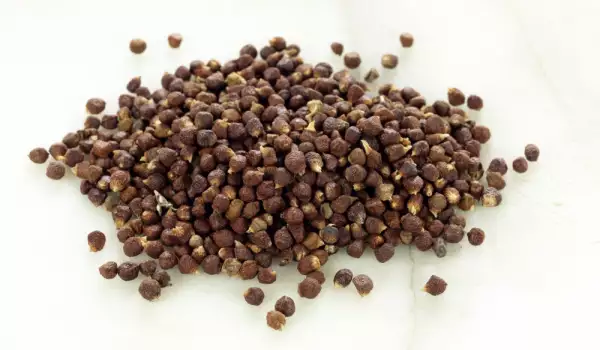
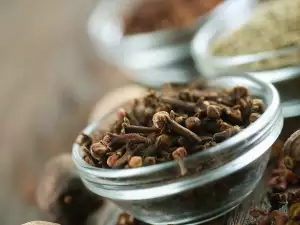
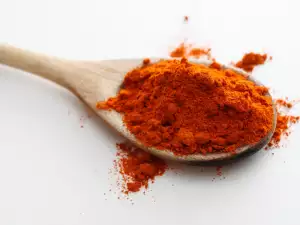
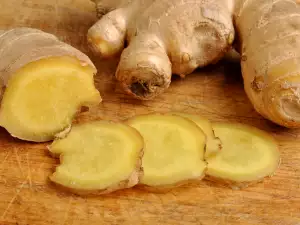
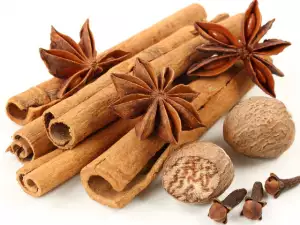
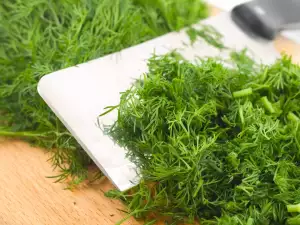
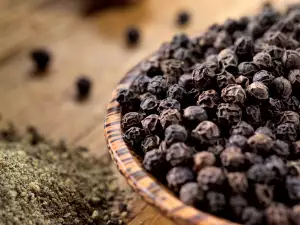
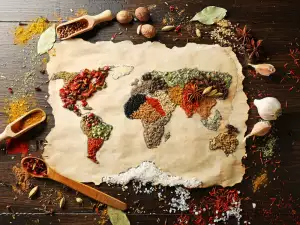
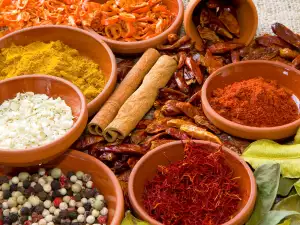
Comments